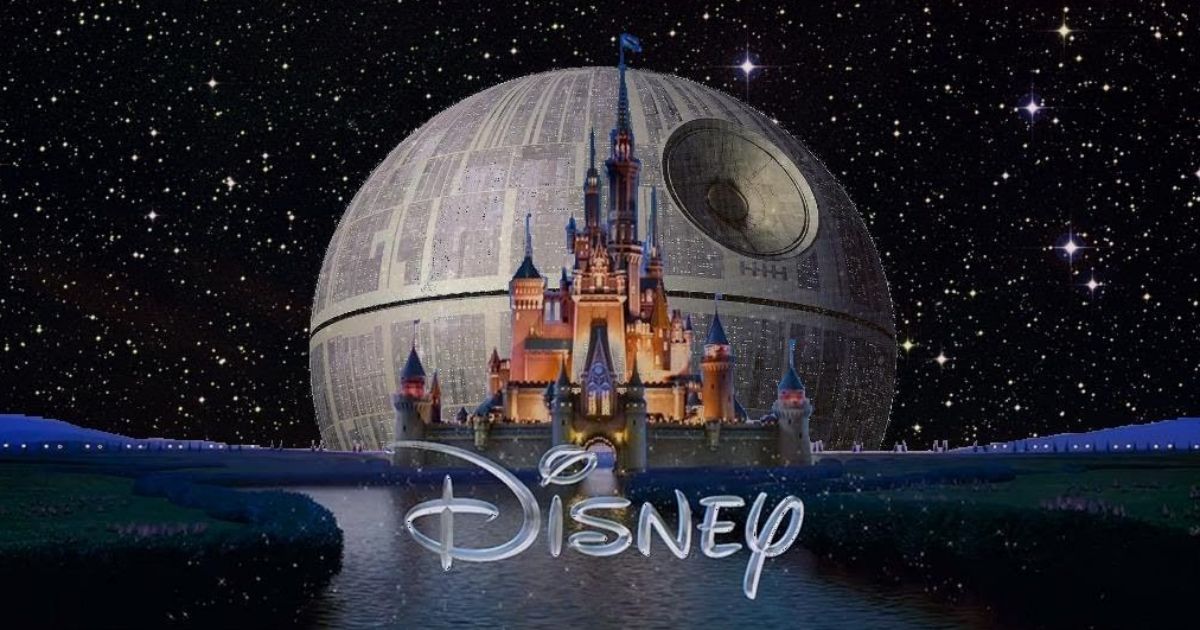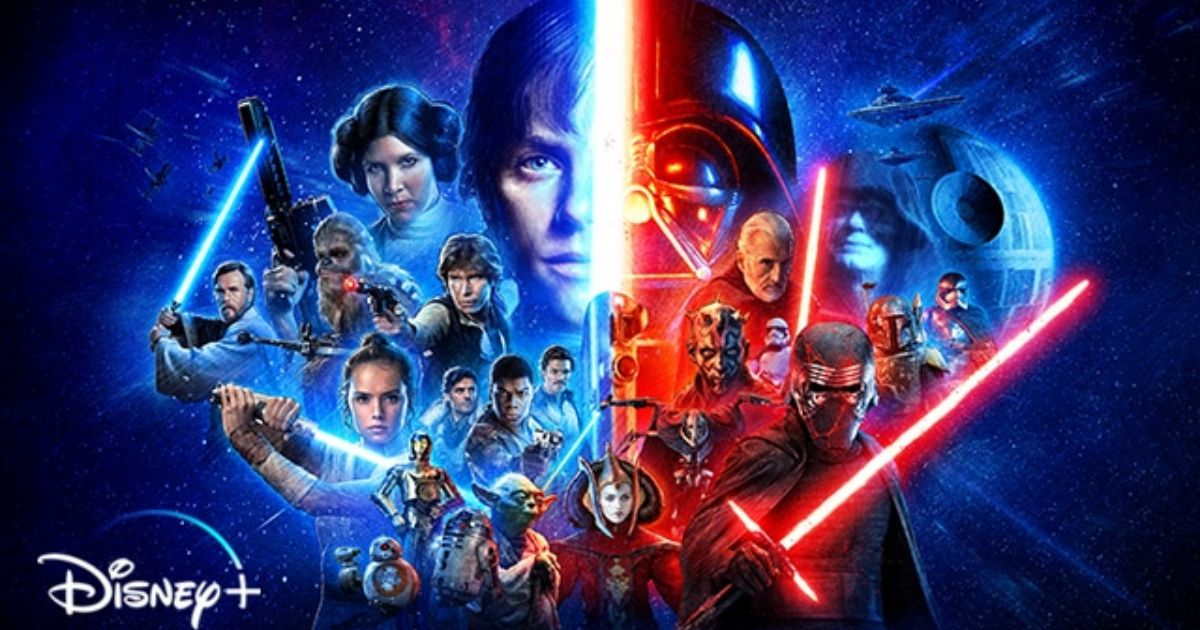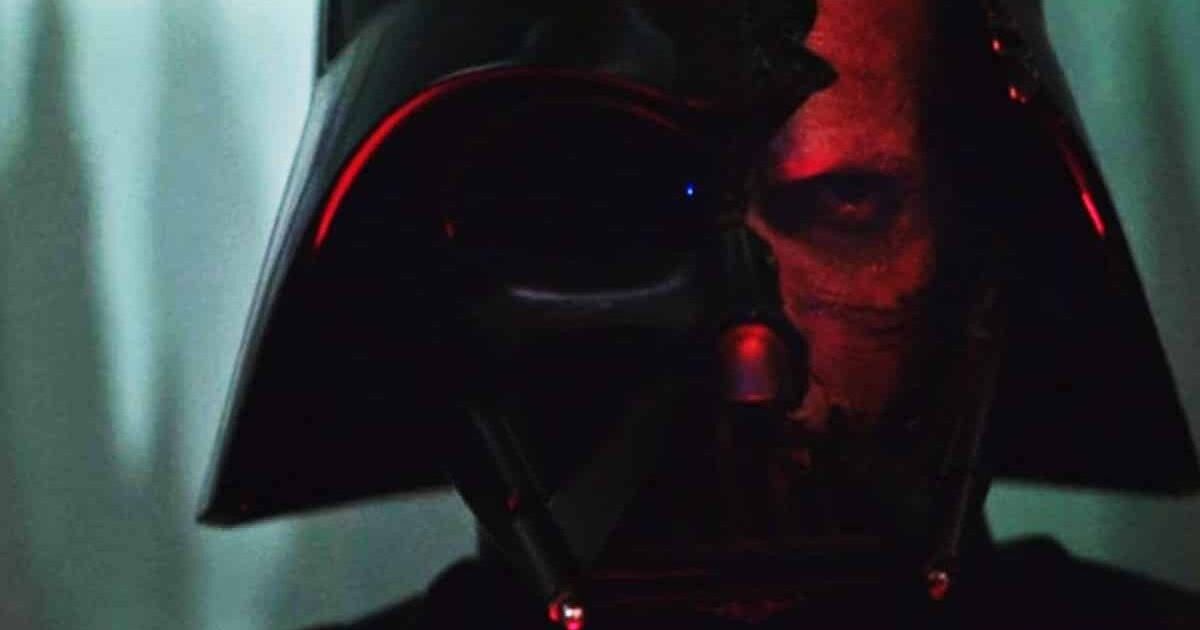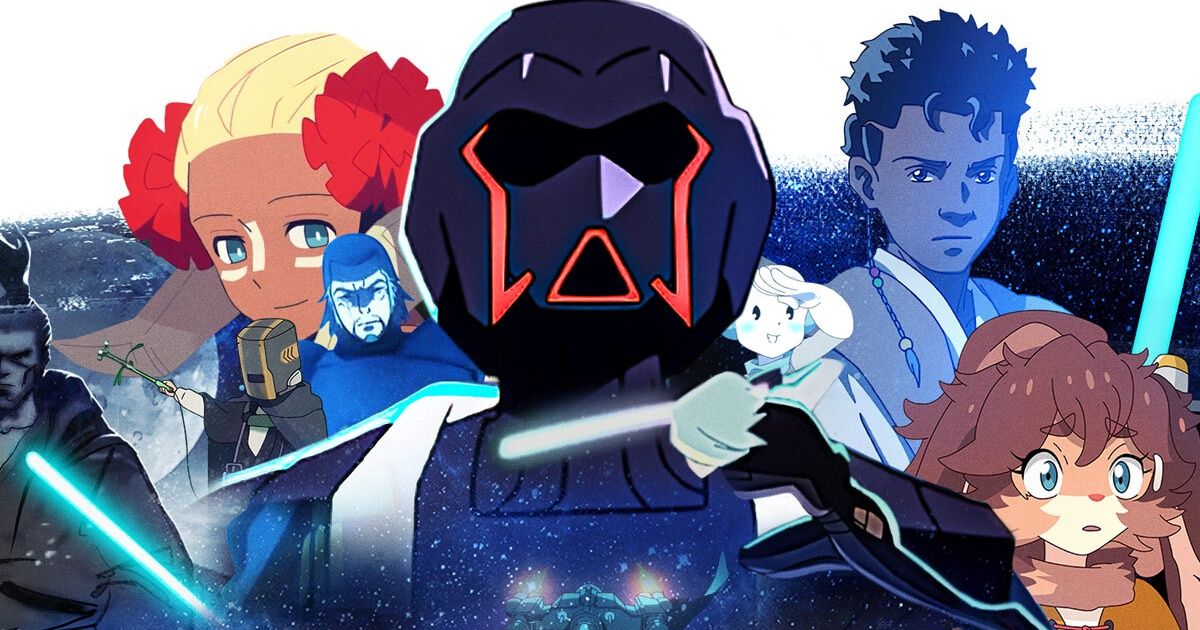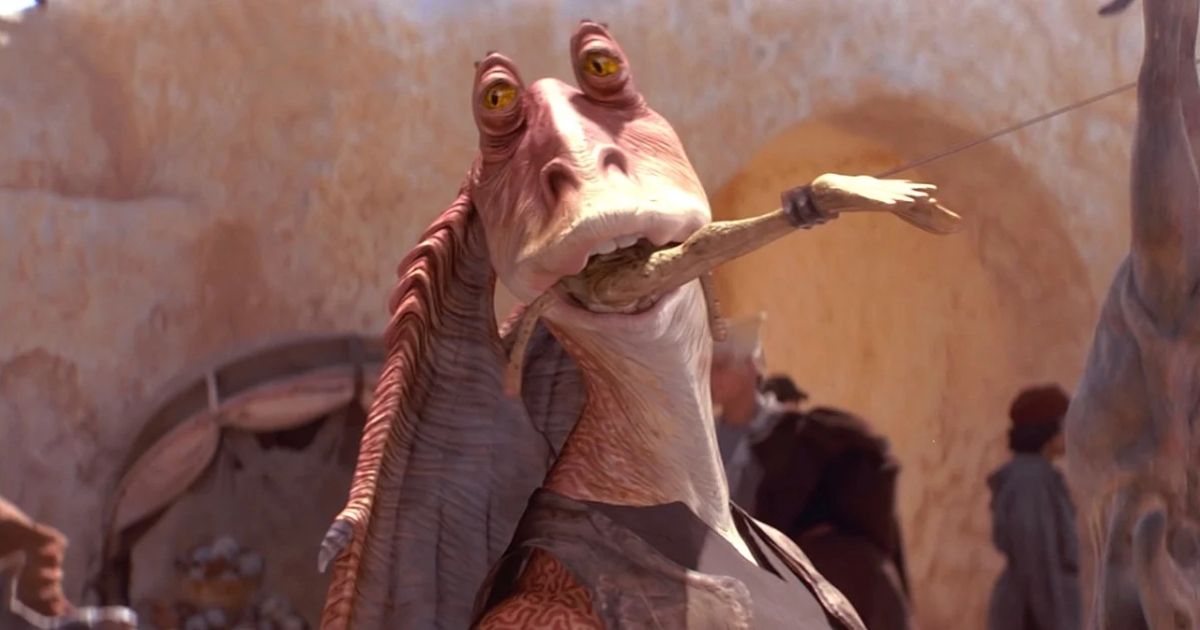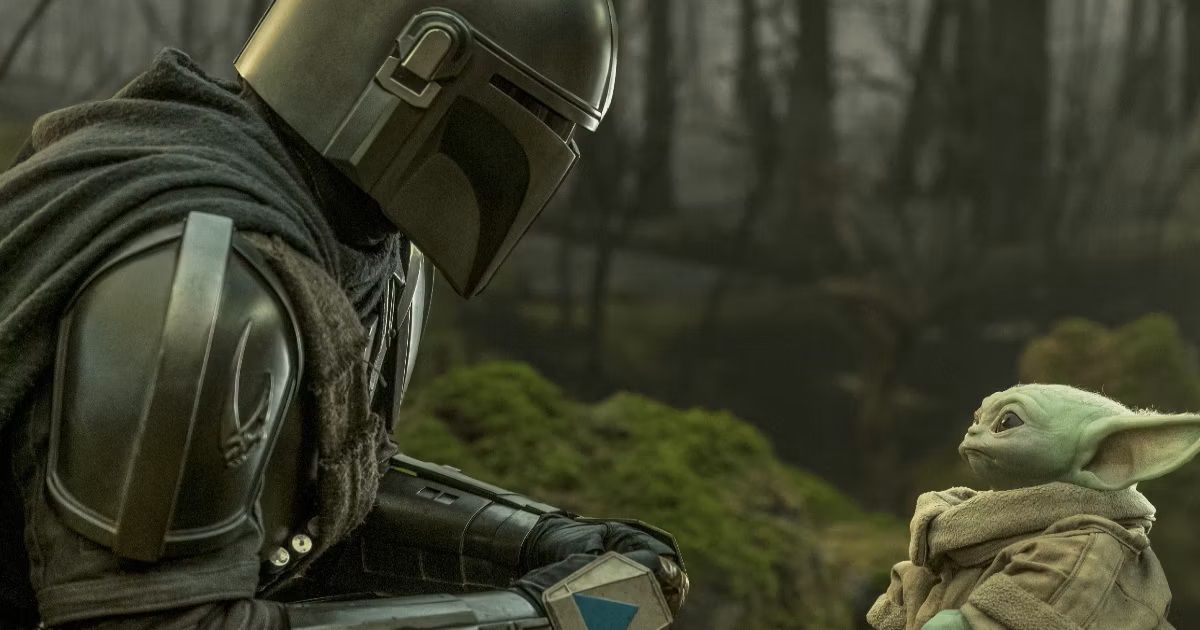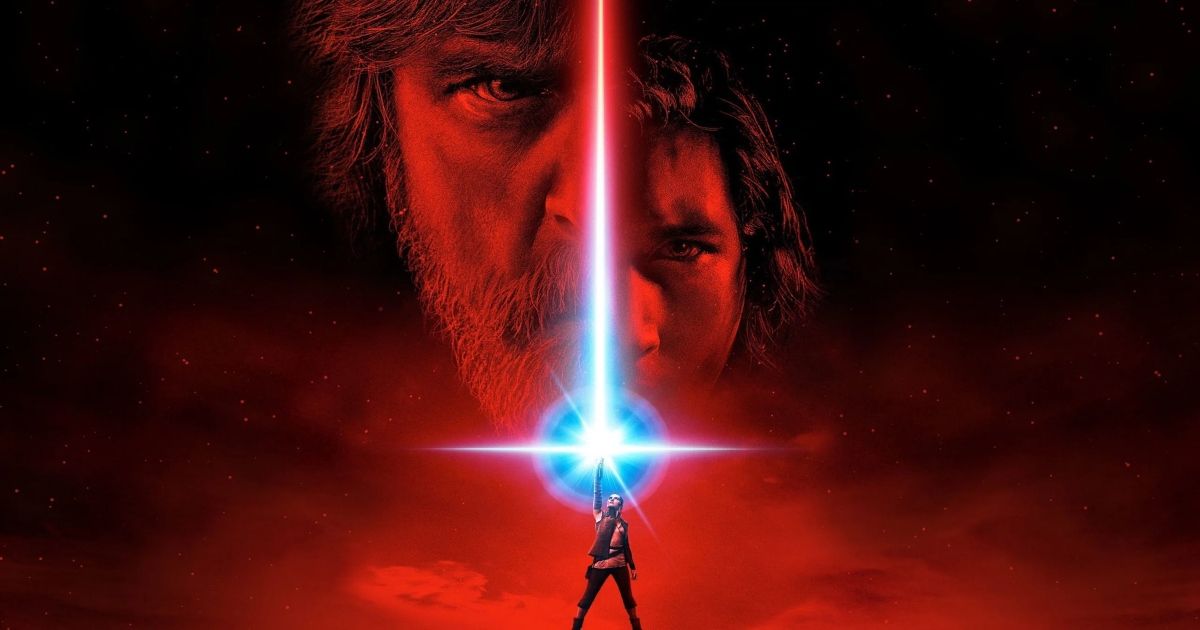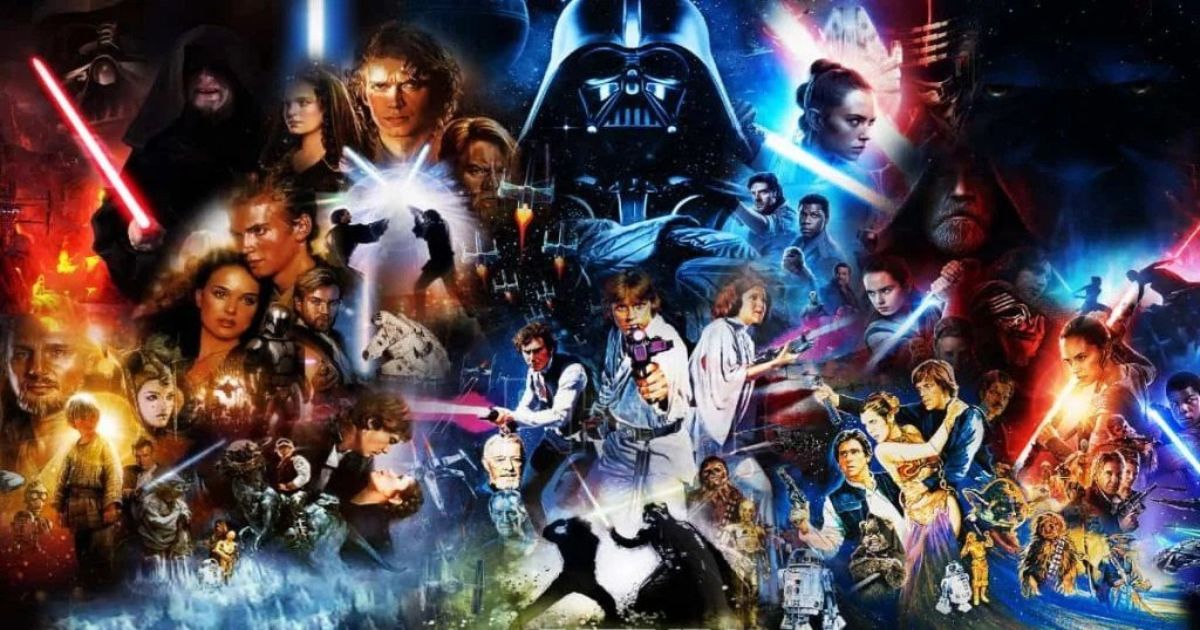October 30, 2012, marks a historic day in movie history. People woke up in a world with Star Wars was over and by the end of the day, they were looking at a future with endless possibilities. People were shocked by the news that Disney had purchased Lucasfilm Ltd. for a total of $4 billion dollars.
The announcement of the purchase was quickly followed by the news that Disney was moving forward on a new Star Wars trilogy set after Return of the Jedi with the first entry aiming for a 2015 release date, and it would bring back Mark Hamill, Harrison Ford, and Carrie Fisher. After spending years thinking that Star Wars was done following the underrated Revenge of the Sith, the prospect of new Star Wars movies both excited and scared fans.
In the years since the purchase, Disney's handling of Star Wars has generated praise and criticism from various corners. Four of the five films released in theaters grossed over $1 billion dollars at the box office, yet they also did release the first Star Wars film considered a box office bomb for Disney with Solo: A Star Wars Story. They've brought on exciting visionary creators to expand a galaxy far, far away, but have also fired many for straying too far beyond the parameters and have a bad habit of announcing talent without following through.
Some have praised the new batch of characters while others have taken issue with the handling of legacy characters. Paradoxically some have criticized the franchise for being overly reliant on Star Wars' past legacy in favor of anything new, while others say they've done too much new with the series. It goes to show that not everyone can be pleased. Yet now, looking back on the 10 years since the purchase of Lucasfilm, what exactly is Disney's legacy on the Star Wars brand?
While everyone likely knows the general outline, the big reaction to The Force Awakens, how The Last Jedi was caught up in an online culture war, The Rise of Skywalker being seen as a disappointment by fans, behind-the-scenes troubles with various projects getting canceled, reworked into television series or delayed. Instead, let's look at what exactly Disney has done with the Star Wars brand and iconography, and how it has changed the perception of what Star Wars is for future generations in just ten years.
Star Wars Returned Like Never Before
It is hard to overstate how big the news of more Star Wars movies was. The release of Revenge of the Sith in 2005 was very much intended to be the final Star Wars film, and audiences accepted that fact. The series had finally come full circle. While Lucas would continue to grow the franchise with the animated series Star Wars: The Clone Wars, which was aimed at a younger audience or the most loyal fanbase. For a good portion of the movie-going audience, it seemed like Star Wars was done. Yet this announcement meant Star Wars was back and would be back like never before. From 2015 to 2019, Disney released one Star Wars film a year and that would have been the plan for the foreseeable future had Solo: A Star Wars Story not flopped.
The addition of the Disney+ series and the spin-off films expanded Star Wars in a way general audiences were not used to. While the expanded universe certainly existed, it never reached the wider audience that Disney+ series like The Mandalorian, The Book of Boba Fett, or Obi-Wan Kenobi could. With Disney, Star Wars has become an ever-growing franchise with different installments that flesh out the world.
This has made the galaxy far, far away seem so much more expansive, as these spin-off projects have explored new sides to familiar favorites and introduced exciting new characters. Eras between the films have been explored in greater detail than ever before. Since 2012, Star Wars has been more accessible than ever before.
More Star Wars Now Than Ever, For Better or Worse
Since Disney's acquisition in 2012, they have released five Star Wars films and over 10 television-related projects with multiple more in various stages of development not to mention the various novels and comics. There are now more Star Wars projects than ever before, which has led some to decry that, because Star Wars is now such a regular part of the pop culture cycle as opposed to the three years between films events of both the original and prequel trilogy, it is less special. There is certainly an argument to be made that the sheer presence of so much Star Wars will take away a certain level of specialness from the whole proceedings, after all, it was the fact that there was a 10-year gap between the release of Revenge of the Sith and The Force Awakens that built up anticipation for the newest Star Wars film.
Yet the flip side means that because there is so much Star Wars, the franchise can experiment more and take creative chances. Star Wars can take risks by making material that appeals to one specific group who may want something different from the normal Star Wars offerings.
Star Wars has been special because it was so designed to appeal to the widest audience, yet that also did limit it in terms of what it could be. Now movies and shows can try different genres, and tones, and even aim for different audiences because not everyone has to watch every piece of Star Wars material. They can make more mature material like Andor aimed at an adult audience, out-of-canon series to tap into the anime audience like Star Wars: Visions, or kid-centric reality shows like Jedi Temple Challenge. Star Wars has always been for everyone, but now everyone can have a part of Star Wars for them.
Fans Have Calmed Down About George Lucas and the Prequels
When George Lucas sold Star Wars to Disney, fans were ecstatic. While there has been an attempt to rewrite history, the man who created Star Wars was also the most hated person by Star Wars fans that there was even a documentary titled The People vs. George Lucas, which would provide good insight into the culture of fan entitlement that would define so much of the 2010s. Back then people were excited that George Lucas would no longer control over the Star Wars franchise and would be in the hands of new creative voices who would distance themselves from the prequels.
Yet now, many audience members who had issues with the prequels have taken issue with how Disney is running Star Wars. They are clamoring for George Lucas to come back. This runs parallel with the resurgence in audiences' appreciation for the Star Wars prequels that has sprung up in the wake of the sequel trilogy. Part of this is just the very nature of nostalgia. Yet it does create an interesting map of how Disney has approached the prequel era. Disney's original intent with Star Wars was to distance itself from the prequels by embracing practical sets, animatronics, and the visual iconography of the original trilogy that audiences felt was lacking from the previous entries. It seemed like they were putting the prequel behind them.
Yet slowly, elements from the prequel series have come back into play from a final season of The Clone Wars to a Naboo starfighter from The Phantom Menace appearing in The Book of Boba Fett. While the prequels were originally not part of the plan at the start, now they have become a more embraced part of the story by fans and Disney.
Allowing Different Voices Has Brought Star Wars Closer to Myth
George Lucas is the creative visionary behind Star Wars. While he had a lot of help on the original trilogy from other directors, writers, and his actors to bring his vision to life, it was very much his vision, which was made more apparent with how much control he had on the prequels. Lucas drew from a collection of ancient myths and legends to create the Star Wars galaxy, one that was unique but also universal across the globe. It was a modern fairy tale for a new generation and a mythic story.
Like other legends, Star Wars has now been passed down through generations but also storytellers. While there is something to be said about taking Star Wars away from one artist to the hands of a corporate conglomerate like Disney, it also means that more voices are now welcome to add to Star Wars that never got a chance before. Filmmakers like J.J. Abrams, Rian Johnson, Tony Gilroy, Deborah Chow, Rick Famiuyuwa, Dave Filoni, Bryce Dallas Howard, Robert Rodriguez, and Leslye Headland, to name a few, have now added to the tapestry of Star Wars. Characters, ideas, and stories that never existed before are now integral parts of Star Wars mythology that are known across generations. Now Star Wars is no longer just one man's vision, but a story filled with many authors building off one another like a real fable.
Star Wars Will Be Watched Differently By a New Generation (And That's Okay)
George Lucas always intended Star Wars as a modern fairy tale, one meant primarily for kids. That does not mean that adults can't enjoy Star Wars or that the filmmakers ever dumbed down the material, but Star Wars' primary audience was the children. Most people who are fans of Star Wars view it for the first time as kids, and it becomes a part of their childhood. Just like any modern mythology, Star Wars has been passed down and found success with different generations with new pieces being added to it, and Star Wars very much has been that for its entire existence.
For one generation, there was only the original trilogy. For the next, they had the prequels and the original trilogy that told the fall and redemption of Anakin Skywalker. Now a new generation will have grown up with not only the sequel trilogy but also expansions like The Mandalorian, Star Wars: Rebels, and more have a completely different understanding of how they engaged with Star Wars. To them, this isn't new Star Wars or Disney Star Wars, but just Star Wars.
Luke Skywalker, Han Solo, and Princess Leia are just one small part of this world. This is the story of a galaxy full of characters like Din Djarrin, Grogu, Ahsoka Tano, the Ghost crew, Cassian Andor, and many more with different entry points for a variety of audiences. Star Wars will likely be watched differently by kids in the future, and that is an exciting prospect.
Was it Worth it?
Doing a retrospective is always a tricky thing, as it is tempting to make a grand sweeping general statement and oftentimes is a foolish errand. Time makes fools of us all. In 2005 nobody could have imagined more Star Wars, yet here we are. In 2012 nobody could have imagined the maligned prequels would see a passionate fanbase, yet audiences eagerly awaited the return of Ewan McGregor and Hayden Christensen for the Obi-Wan Kenobi series.
While there have been plenty of declarations about how the sequel trilogy has damaged Star Wars and will never have a passionate fanbase due to the polarizing response to films, time will likely be kind of them as the kids who saw them grow up and speak out for them.
It is unclear what the next 10 years will look like for Star Wars. These past 10 years have been quite a journey with ups and downs. Sadly many people have taken their supposedly love for Star Wars as justification to dox others for being part of a movie they did not like, yet also a great deal of good has been put out into the world because of Star Wars be it cherish memories or just the story resonating with a person. Whatever the future holds for Star Wars, it will always hold a special place in the hearts and minds of people across age, race, gender, sexual orientation, religion, and more. Star Wars is far from over, and it likely will continue to expand with each new generation.

